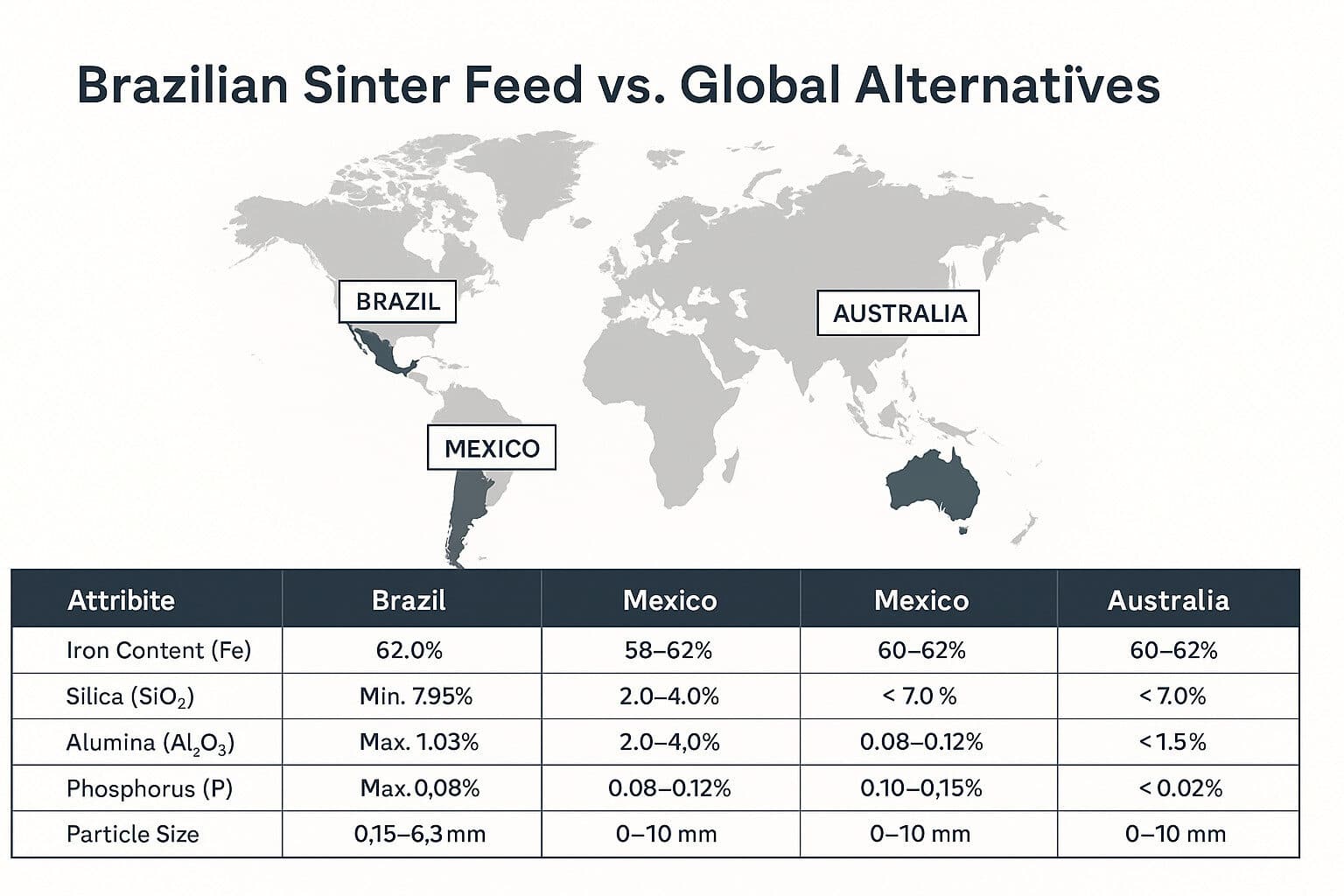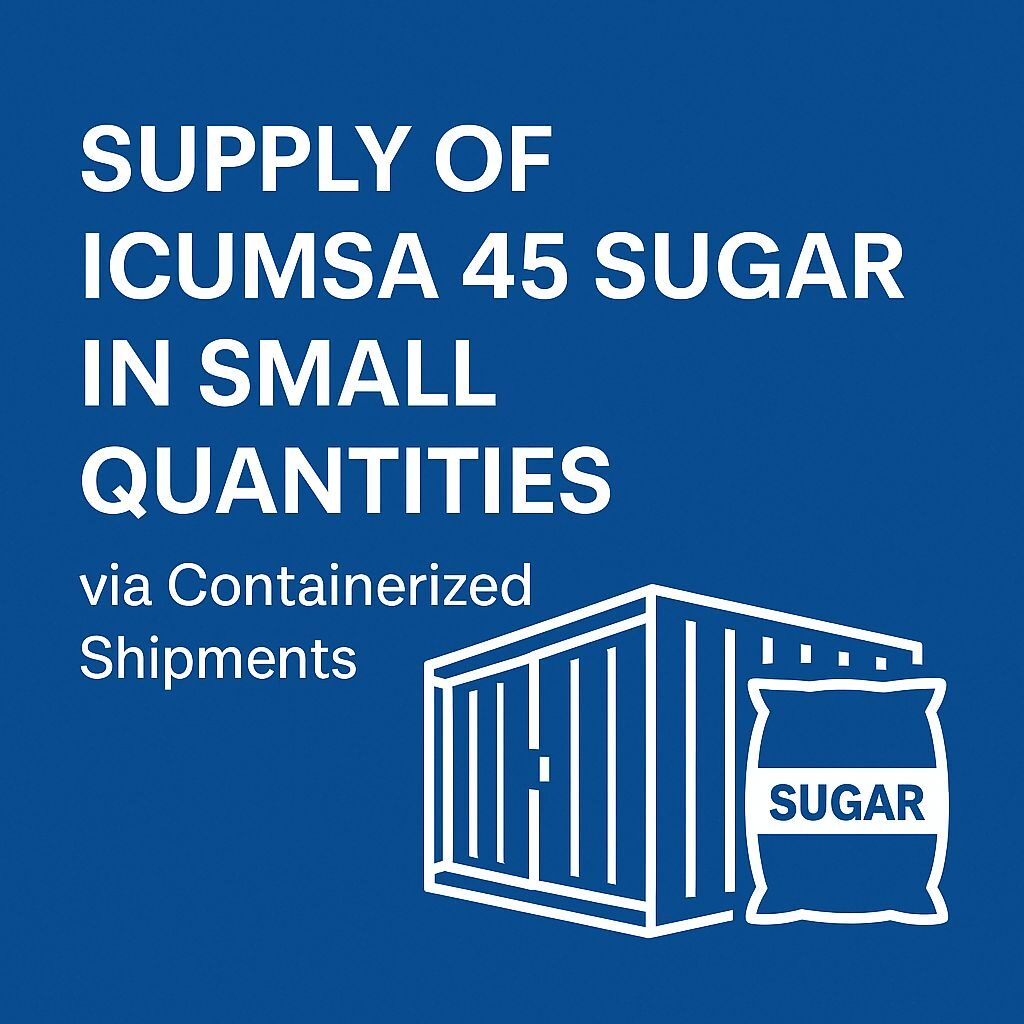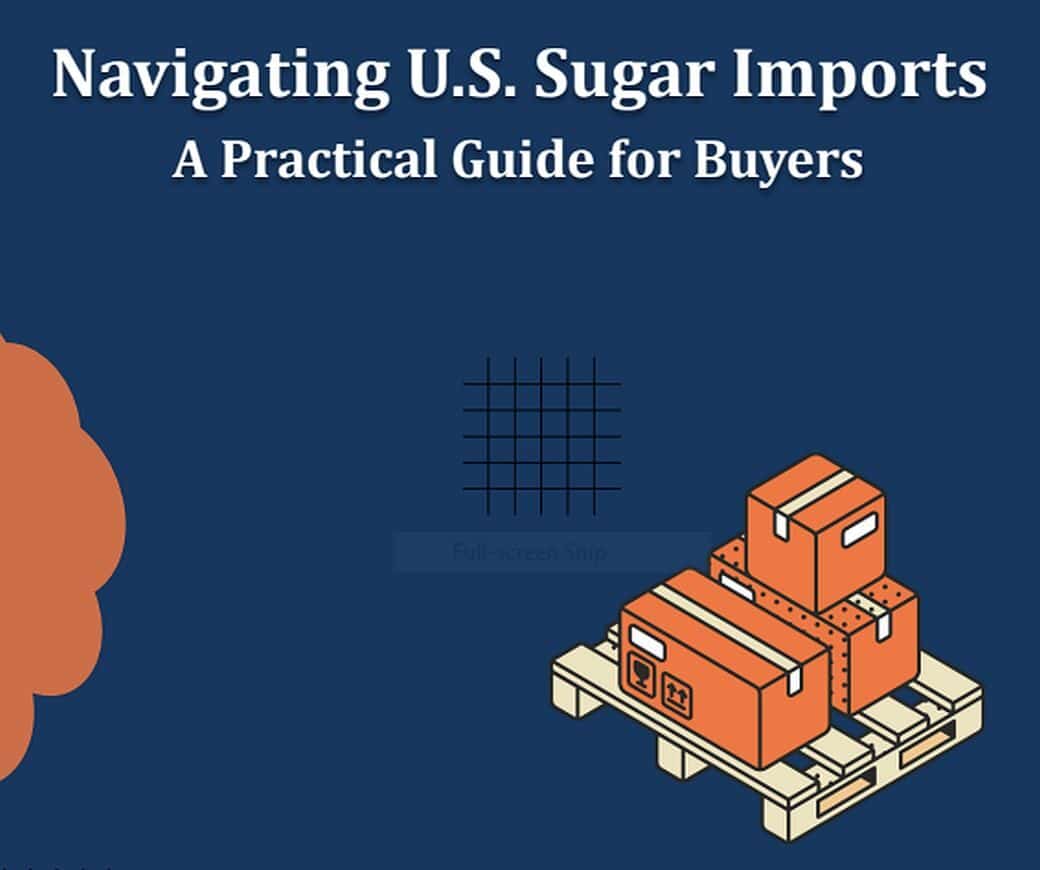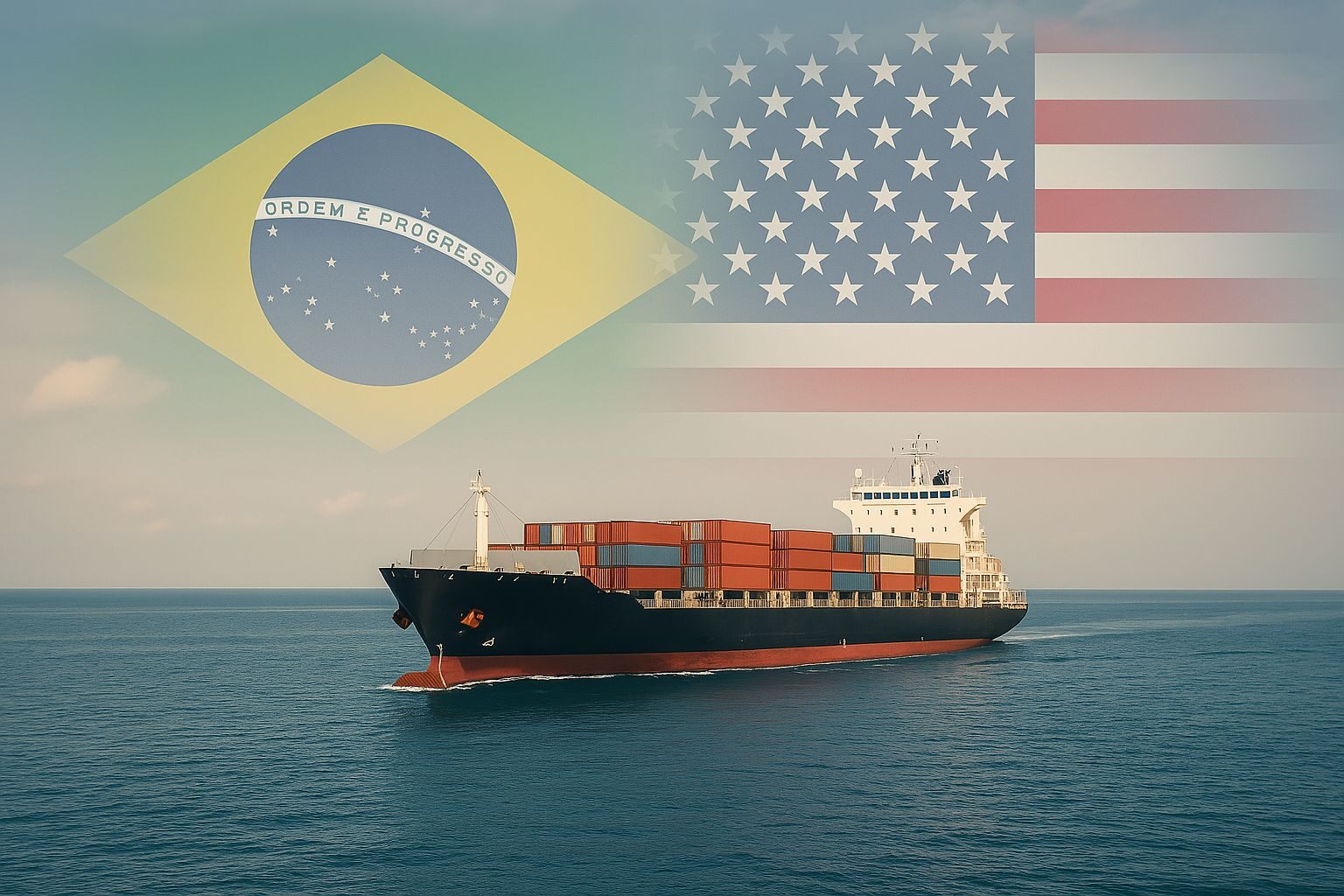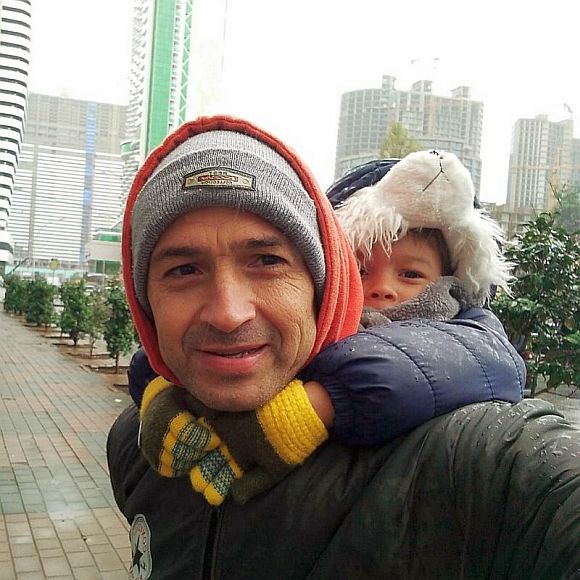Brazil’s Soybean Revolution: From Fields to Global Markets
Soybean cultivation in Brazil has transformed the country’s landscape, both literally and economically. Picture vast golden fields stretching to the horizon, where just decades ago there was only scrubland. This is the reality of Brazil’s agricultural revolution, powered by the humble soybean.
“Twenty years ago, I couldn’t imagine we’d be where we are today,” says João Silva, a third-generation farmer from Mato Grosso. “Soybeans have changed everything for us.” Indeed, Brazil has emerged as a global powerhouse in soybean production, challenging traditional agricultural giants and reshaping the world’s food supply.
What’s driving this soybean surge? Brazil’s success stems from a perfect storm of favorable conditions:
Vast agricultural lands: Brazil boasts an area larger than India dedicated to agriculture.
Ideal climate: Tropical and subtropical regions offer temperatures between 20°C and 30°C (68°F to 86°F), with 500-700 mm of rainfall during the growing cycle.
Technological prowess: Brazilian farmers have embraced cutting-edge farming practices and technologies.
The result? Brazil now stands shoulder-to-shoulder with the United States as the world’s top soybean producer, with production skyrocketing from 1.5 million tons in 1970 to over 120 million tons in 2020.
But soybeans are more than just another crop. They’re the backbone of Brazil’s agricultural economy, a versatile powerhouse used in everything from tofu to biodiesel.
The soybean industry has become a job creator, an economic stimulator, and a magnet for foreign investment. It’s not just changing Brazil’s rural landscape; it’s reshaping the nation’s economic future.
From Scrubland to Soybean Empire: Brazil’s Agricultural Miracle
“When I first started farming here in the 1970s, people thought I was crazy,” chuckles Pedro Almeida, a 70-year-old farmer from Mato Grosso. “Now, look at us – we’re feeding the world.”
Pedro’s story mirrors the **brief but explosive history of soybean farming in Brazil**. While soybeans were introduced in the early 1900s, it wasn’t until the 1970s that they truly took root.
What changed? A perfect storm of government support, cutting-edge research, and technological breakthroughs transformed Brazil from an agricultural backwater into a soybean superpower.
The real game-changer was the conquest of the Cerrado. Once dismissed as useless scrubland, this vast savanna – an area larger than Alaska – became Brazil’s agricultural frontier.
Through innovative soil management and specially adapted soybean varieties, farmers turned this “wasteland” into one of the world’s most productive agricultural regions.
But why is Brazil such a soybean paradise? It all comes down to climate and soil:
Climate: Nature’s Soybean Nursery
Imagine a place where soybeans feel right at home – that’s Brazil. With temperatures cozily between 20°C and 30°C (68°F to 86°F) and rainfall that feels like it’s been custom-ordered for soybean success (500-700 mm during the growing season), Brazil’s climate is a soybean’s dream come true.
“We’re blessed with near-perfect growing conditions,” says Maria Santos, an agronomist from Paraná. “But where nature falls short, we step in.” In drier regions, state-of-the-art irrigation systems ensure that not a single soybean goes thirsty.
**Soil: The Foundation of Success**
Brazil’s soils are as diverse as its people, but with the right touch, they become soybean gold mines. The famous “terra roxa” (red earth) of São Paulo and Paraná is naturally fertile, while other regions require a bit more TLC.
João Ferreira, a soil scientist, explains: “We don’t just plant and pray. We’re soil whisperers.” This “whispering” involves a meticulous process of soil preparation:
- Clearing and leveling: Transforming rugged terrain into plantable fields.
- Tilling: Giving roots room to breathe and grow.
- Organic matter magic: Boosting soil fertility naturally.
- pH perfection: Using lime to create the ideal soybean environment (pH 6.0-6.8).
But the real secret weapon? Soil testing. “It’s like a health check-up for our fields,” João says. Farmers analyze everything from nutrient levels to soil structure, crafting custom fertilizer cocktails that give each soybean plant exactly what it needs.
Mastering the Art of Soybean Cultivation: Techniques that Fuel Brazil’s Agricultural Powerhouse
As the sun rises over the vast soybean fields of Brazil, farmers like José Lima are already at work, tending to their crops with the precision of seasoned artisans. “It’s not just about throwing seeds in the ground,” José explains. “It’s a delicate dance, where every step counts.”
Indeed, successful soybean cultivation in Brazil relies on a deep understanding of the land and a commitment to best practices.
From meticulously timed planting to the seamless integration of cutting-edge technology, Brazilian farmers are rewriting the playbook on soybean farming.
Planting for Perfection
The soybean planting season in Brazil typically runs from September to December, with the exact timing depending on the region and local climate conditions.
Farmers carefully select soybean varieties that are well-suited to their specific environment and resistant to common pests and diseases.
“We used to just plant and hope for the best,” says Maria Oliveira, a third-generation farmer from Paraná. “Now, we treat our seeds with fungicides and insecticides to give them the best possible start.”
The seeds are then planted 3-5 cm deep, with row spacing ranging from 45-60 cm, ensuring optimal germination and growth.
Crop Rotation: The Secret Weapon But soybean farming in Brazil is about more than just the planting process.
Crop rotation is a crucial practice, with farmers often implementing a soybean-corn rotation. “Rotating our crops doesn’t just boost yields,” explains agronomist Fernanda Silva. “It also improves soil health, reduces pests and diseases, and enhances nutrient cycling. It’s a win-win-win.”
The benefits of this approach are clear: healthier soils, more resilient crops, and increased overall farm productivity and profitability.
No wonder crop rotation has become a cornerstone of sustainable soybean farming in Brazil.
Technology Transforms the Field As if mastering the art of planting and crop rotation wasn’t enough, Brazilian soybean farmers have also embraced the power of technology.
From precision agriculture tools to advanced irrigation systems, these innovations are revolutionizing the way soybeans are grown.
“GPS-guided tractors and harvesters allow us to plant and fertilize with pinpoint accuracy,” says João Ferreira, a tech-savvy farmer from Mato Grosso. “And the data we collect from satellite imagery and drones helps us spot problems before they even start.”
These technological advances, combined with the development of genetically modified soybean varieties, have significantly boosted yields and efficiency, cementing Brazil’s status as a global leader in soybean production.
As the sun sets on another day in the fields, José reflects on how far soybean farming has come in Brazil. “It’s not just about growing crops anymore,” he says. “It’s about using every tool at our disposal to feed the world – sustainably, efficiently, and with pride.”
The Golden Bean: How Soybeans are Fueling Brazil’s Economic Engine
Imagine a single crop so powerful it can transform entire regions, boost a nation’s GDP, and reshape global trade. That’s the story of soybean production in Brazil – a true agricultural and economic phenomenon.
“Ten years ago, this was just a sleepy little town,” says Maria Santos, owner of a bustling café in Sorriso, Mato Grosso – Brazil’s soybean capital. “Now, thanks to soybeans, we’re thriving. New businesses are opening every month, and there’s a real sense of prosperity.”
Maria’s story is just one thread in the vast tapestry of Brazil’s soybean success. Let’s break down the numbers:
Soybean: Brazil’s GDP Booster In the 2019/2020 agricultural year alone, the soybean chain generated a staggering US $86.9 billion in gross revenue.
To put that in perspective, that’s roughly equivalent to the entire GDP of Cuba or Sri Lanka. Of this massive pie, US $31.6 billion was absorbed by Brazilian business groups, injecting vital capital into the national economy.
However, it’s not just Brazilian companies reaping the rewards. Large international corporations, primarily from the US, Europe, and China, claim the lion’s share of profits. This global interest underscores the international importance of Brazil’s soybean industry.
Exports: Breaking Records and Borders Brazil’s soybean exports are on a meteoric rise.
Forecasts for the 2023/2024 season predict a record-breaking 102 million tons of exports. To visualize this, imagine a line of trucks loaded with soybeans, stretching over 1.5 times around the Earth’s equator – that’s the scale we’re talking about!
Recent months have seen unprecedented growth, with August and September 2023 exports surpassing the previous year’s figures by a whopping 50%.
This surge is driven by favorable exchange rates and an insatiable global appetite for soybeans.
Community Impact: More Than Just Numbers While the macroeconomic figures are impressive, the real magic of Brazil’s soybean industry lies in its impact on local communities.
The industry directly and indirectly employs 1.4 million people across the country, breathing life into rural economies that once struggled.
João Silva, a third-generation farmer turned agribusiness entrepreneur, shares his perspective: “Soybeans haven’t just changed our farms; they’ve transformed our entire way of life.
We’re seeing better schools, improved healthcare, and opportunities our parents could only dream of.”
Indeed, the soybean industry has become the backbone of many rural communities. It supports a network of 243,000 producers, from small family farms to large agricultural enterprises.
This economic activity ripples through local economies, supporting everything from equipment suppliers and trucking companies to restaurants and retail shops.
As Brazil continues to cement its position as a global soybean powerhouse, the economic benefits are set to grow. However, challenges remain, including ensuring sustainable practices and equitable distribution of wealth.
Sowing the Seeds of Tomorrow: The Future of Soybean Cultivation in Brazil
As the sun rises over Brazil’s vast soybean fields, it illuminates not just crops, but a glimpse into the future of agriculture.
The country that transformed itself into a soybean superpower is now poised to redefine farming for the 21st century.
Tech Revolution in the Fields “Ten years ago, I was driving my tractor by feel and instinct,” says Carlos Oliveira, a farmer from Mato Grosso. “Now, it practically drives itself, and I’m managing my entire farm from a tablet.”
This is the face of precision agriculture in Brazil, where GPS-guided machinery, remote sensing, and automated irrigation systems are becoming the norm, not the exception.
Imagine fields monitored by drones, crops nourished by AI-optimized irrigation, and harvests predicted with pinpoint accuracy. This isn’t science fiction – it’s the near future of Brazilian soybean farming.
These technologies promise to boost yields while reducing resource use, a win-win for farmers and the environment.
The GMO Frontier But the revolution isn’t just above ground – it’s happening at the genetic level too.
Genetically modified soybean varieties are becoming increasingly sophisticated, offering resistance to pests, diseases, and herbicides.
Dr. Mariana Silva, a plant geneticist, explains the potential: “We’re developing soybeans that can thrive in harsher conditions, require fewer chemicals, and offer enhanced nutritional profiles. It’s about creating a more resilient and sustainable food system.”
While GMOs remain a topic of debate, their role in shaping the future of soybean cultivation is undeniable.
As climate change poses new challenges, these hardy varieties could be key to maintaining Brazil’s agricultural productivity.
Growth on the Horizon The numbers tell a story of unstoppable growth. Brazil is set to expand its soybean acreage by 2.5% to a mind-boggling 112 million acres in the 2023/2024 crop season. To put that into perspective, that’s an area larger than the entire United Kingdom, dedicated to soybeans alone.
This expansion is expected to yield a record-shattering 5,953 million bushels of soybeans.
Imagine a line of trucks filled with soybeans, stretching from Earth to the Moon and back – that’s the scale of Brazil’s projected soybean production.
But with great production comes great responsibility. As Brazil cements its position as a global soybean leader, questions of sustainability, biodiversity, and equitable growth loom large.
Your Role in the Soybean Saga As Brazil continues to lead the charge in soybean production, the decisions made today will shape the agricultural landscape for generations to come. Whether you’re a farmer, policymaker, consumer, or simply someone who cares about the future of food, you have a role to play.
Here’s how you can get involved:
Stay Informed: Keep up with the latest developments in agricultural technology and sustainable farming practices.
Support Sustainable Choices: Whether through your purchasing decisions or advocacy, champion practices that balance productivity with environmental stewardship.
Engage in the Conversation: Participate in discussions about the future of agriculture, GMOs, and food security.
Invest in Innovation: If you’re in a position to do so, consider supporting or investing in agricultural technologies that promise a more sustainable future.
The future of soybean cultivation in Brazil is being written right now, with each planted seed and harvested crop. By staying informed and engaged, you can help ensure that this future is not just productive, but sustainable and equitable for all.
Brazil’s Soybean Boom: By the Numbers
The story of Brazil’s soybean industry is one of staggering growth and economic impact. Let’s break down the key figures that illustrate this agricultural powerhouse:
Production and Export: Feeding the World
Soybean Production Volume: Brazil is set to harvest a whopping 149.4 million metric tons in the 2023/2024 crop year. That’s equivalent to the weight of about 1,494 Eiffel Towers!
Export Value: A record-breaking 102 million tons of soybeans are expected to leave Brazilian ports in the 2023/2024 season. Imagine 4,080,000 full shipping containers lined up – that’s the scale of Brazil’s soybean exports.
Economic Engine: Powering Brazil’s Growth
Economic Contribution: The soybean industry generated US $86.9 billion in gross revenue in the 2019/2020 agricultural year. To put this in perspective, that’s more than the GDP of many countries, including Cuba or Sri Lanka.
Brazilian Business Boost: Of that massive revenue, US $31.6 billion was absorbed by Brazilian business groups, fueling local economies and driving national growth.
Employment: Creating Opportunities
Job Creation: The soybean industry is a job-creation machine, with around 243,000 producers employing 1.4 million people directly and indirectly. That’s roughly equivalent to the entire population of Hawaii finding employment through one industry!
Land Use: Expanding Horizons
Cultivation Area: Soybean fields are expected to cover 112 million acres in the 2023/2024 crop season. Visualize an area larger than the entire United Kingdom, all dedicated to soybean cultivation.
Historical Growth: Between 1985 and 2021, Brazil added 8.1 million hectares of new soybean plantations. That’s an area larger than Belgium and the Netherlands combined, transformed into productive agricultural land in just over three decades.
These numbers paint a picture of an industry that’s not just growing – it’s transforming Brazil’s economy, reshaping its landscape, and solidifying the country’s position as a global agricultural leader.

